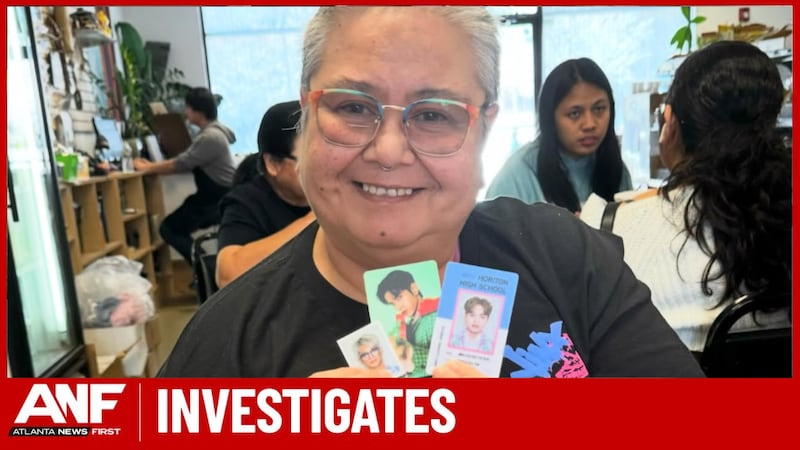Screven County farmers rebuild despite insurance woes
- Federal funds: Hurricane aid nears $2B, including $130M in Georgia
- Fact vs. fiction: A look at the false information around Hurricane Helene
- More help: New FEMA centers open for Helene victims across CSRA
- FEMA aid: Local renters can apply for assistance after Hurricane Helene
- Applying for aid: Assistance won’t affect other benefits, agency says
SYLVANIA, Ga. (WRDW/WAGT) - Back-to-back storms have ripped through Georgia farmlands over the past few months.
First Tropical Storm Debby brought historic flooding to rural parts of the state along the Ogeechee River. As a result water logging many crops.
Even still, farmers were hopeful that they would still be able to salvage. Farms were hopeful to salvage some crops but with Hurricane Helene’s high winds, most crops didn’t have a fighting chance.
Perry Boykin is a 13-year-old who has worked alongside his father ever since he could walk. He says that seeing the hardships that the industry is currently going through doesn’t discourage him but instead makes him love it more.
“It’s all I have ever known,” said Boykin. “But it had because it’s what you work your whole life for. It’s just on the ground.”
Many farmers are estimating nearly a 50% loss in yields this harvest due to so many crops being ripped up by intense wind gusts.
Carl Huggins believed that his fall pecan crop was set to be a good year. But less than a month before harvest, Helene said hello.
By the numbers: FEMA assistance after Hurricane Helene
Learn about how many personnel, how much money and what kind of assistance FEMA is sending to the region in the aftermath of Hurricane Helene.

“We had a pretty good crop going into this fall. I would say half of it just blew over,” said Huggins.
For Pecan farmers, not only did this wipe out this year’s crop, but it takes three to five years for pecan trees to prime up.
As for cotton crops, you can still walk through and see cotton fields full of large amounts of cotton. The problem lies within the fact that if the bush isn’t standing up straight the machines that harvest the cotton can’t pick it up.
While some rural farms can rely on government assistance, others aren’t so lucky.
On Friday, the United States Department of Agriculture announced a list of counties that were eligible for insurance for the 2024 crops. Screven County was not one of them.
Stuart Boykin says that his farm has been devastated by these back-to-back storms and he put most of his hope into the potential of insurance.
“I was very disappointed when I got the news that we weren’t able to be in the designated area,” said Boykin.
Warnock seeks additional funding for Helene recovery efforts
U.S. Sen. Raphael Warnock led a bipartisan group of senators in urging the White House to rapidly submit a government funding request to Congress for hurricane recovery.

He and other farmers in Screven County continue to ask why they do not meet the county criteria but surrounding counties like Jenkins, Bulloch, and Effingham do.
Boykin says that while seeking help he was told there is a possibility of insurance coming around but he worries it may be too late.
“We have banks that need to know if we will get that money, we don’t have all the time in the world,” said Boykin.
Wade Parker is the Southeast District Extension Area Agronomy Agent who has spent farmers weeks speaking with farmers around the region.
He says that the loss that many farmer have is and will be a make-or-break year for some.
“We have anywhere from 200 pounds to 600 pounds of cotton that are just blown on the ground,” said Parker. “That’s devastating.”
Parker urges farmers to continue to gather photos and data of the damage as it continues to come forward.
Copyright 2024 WRDW/WAGT. All rights reserved.















